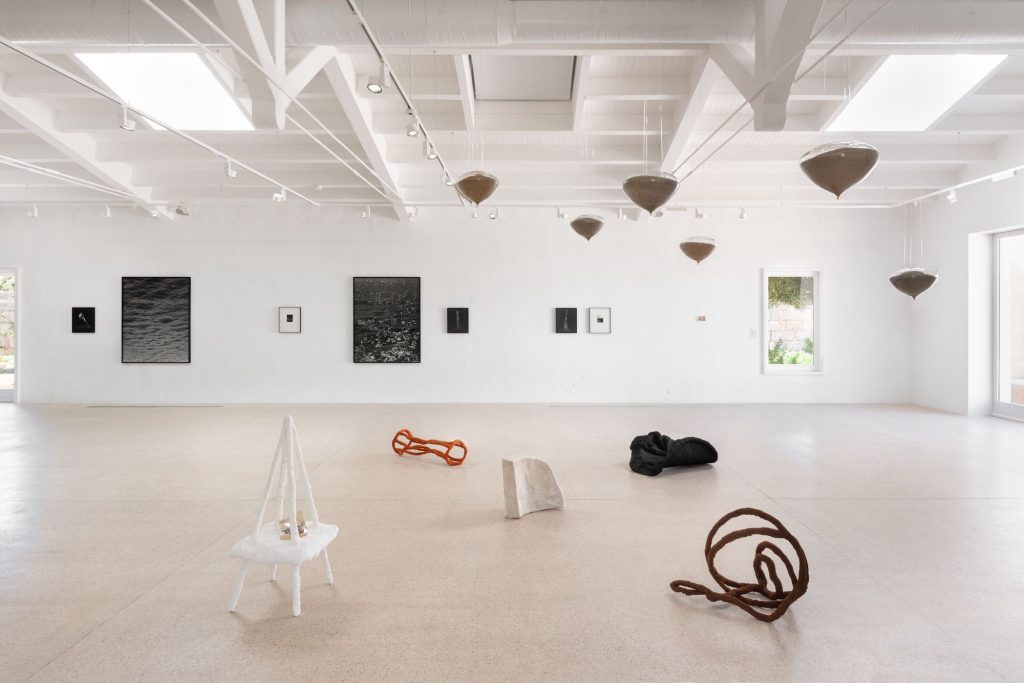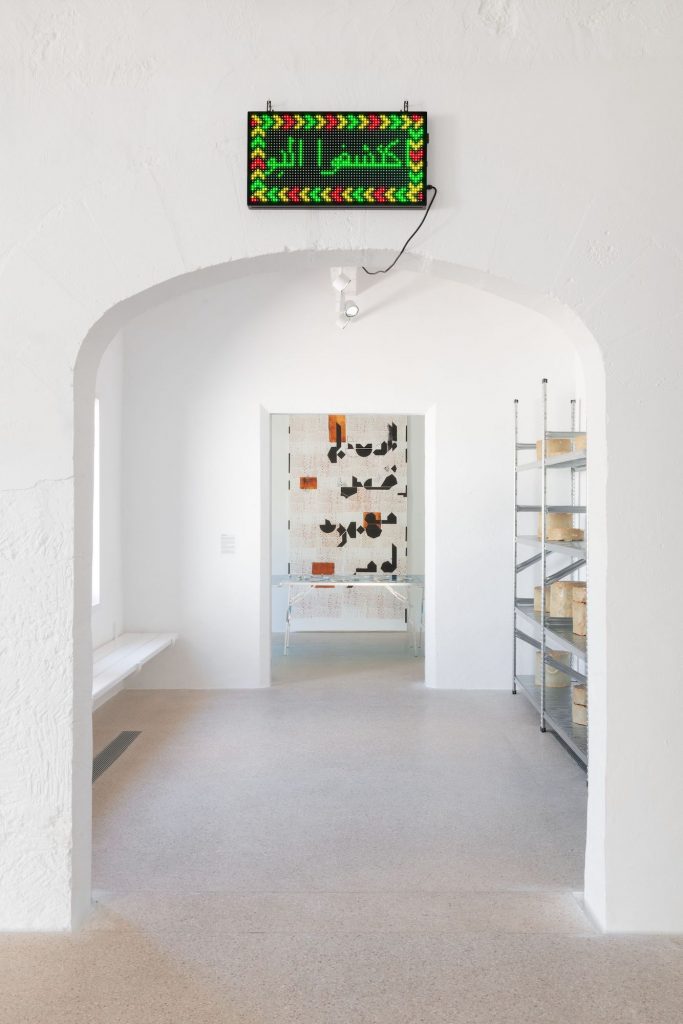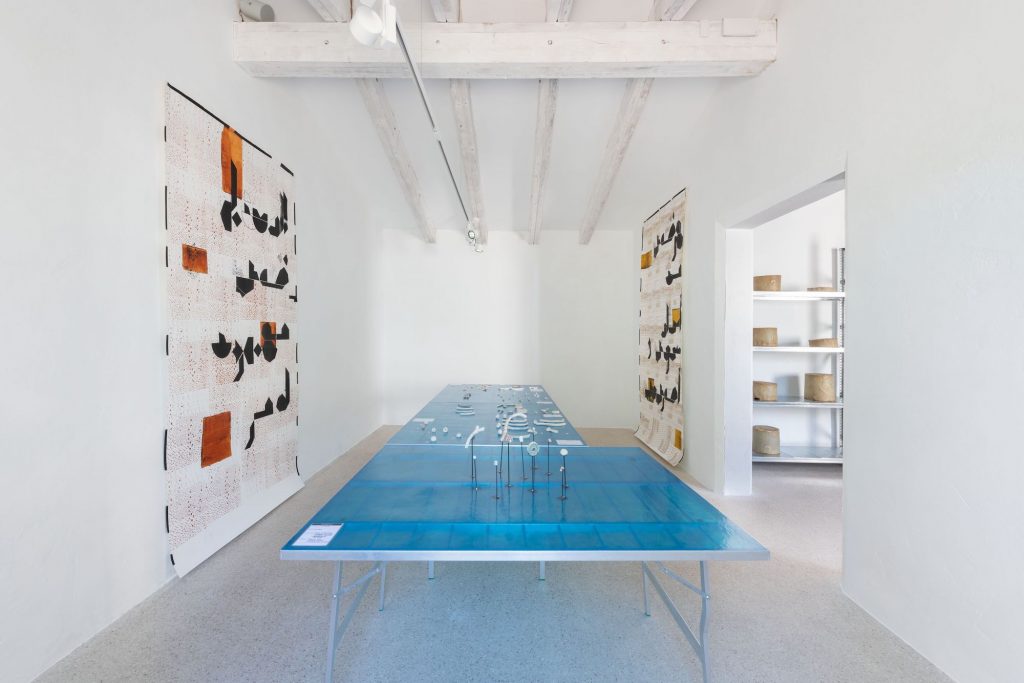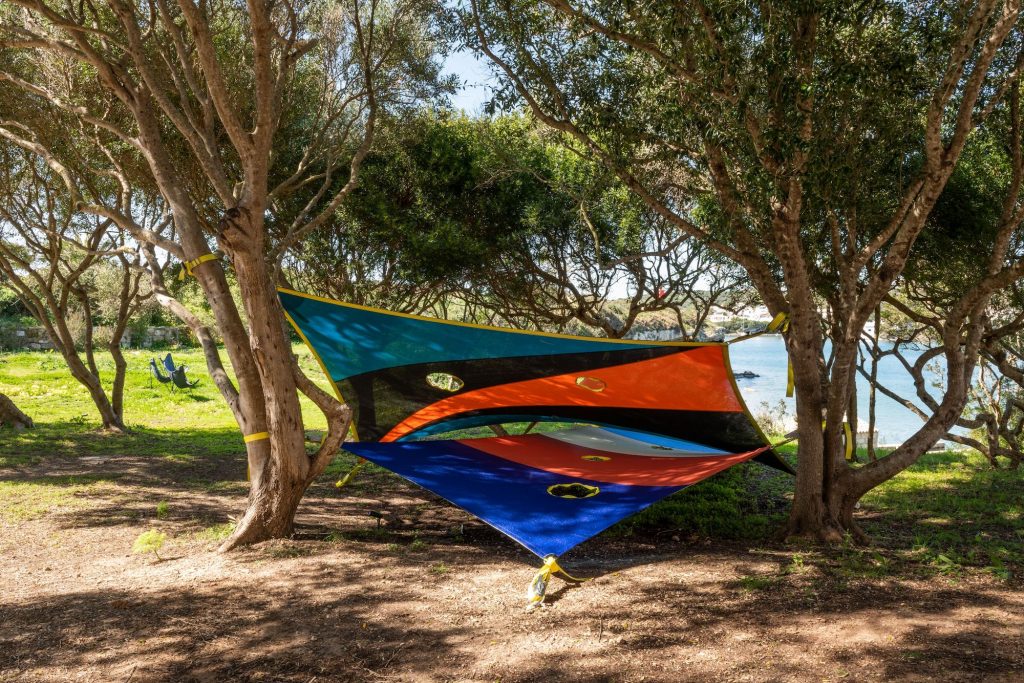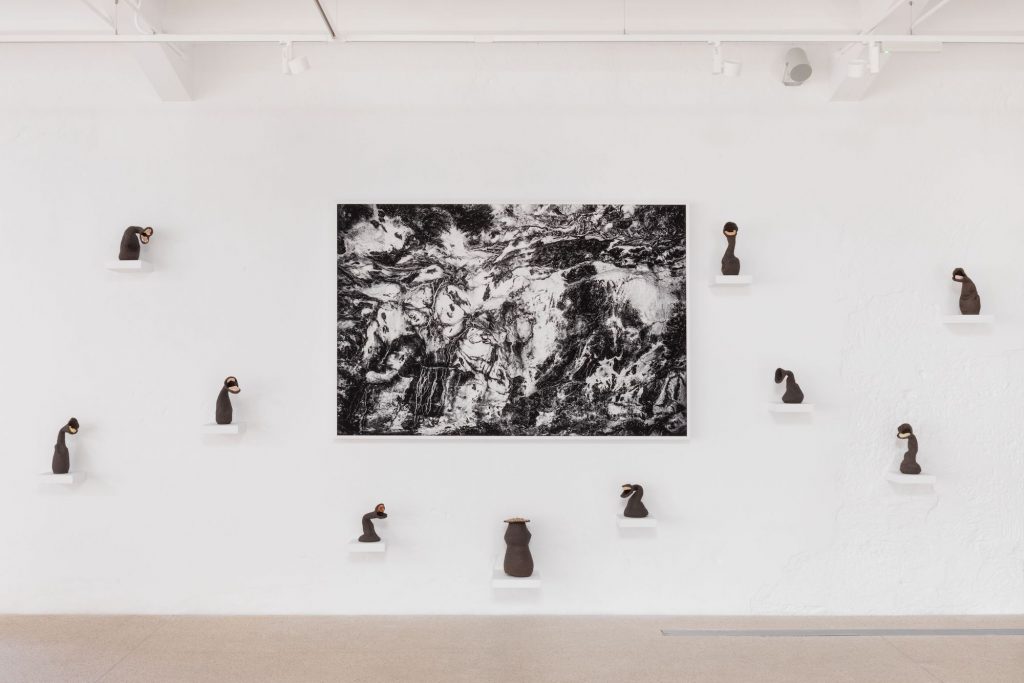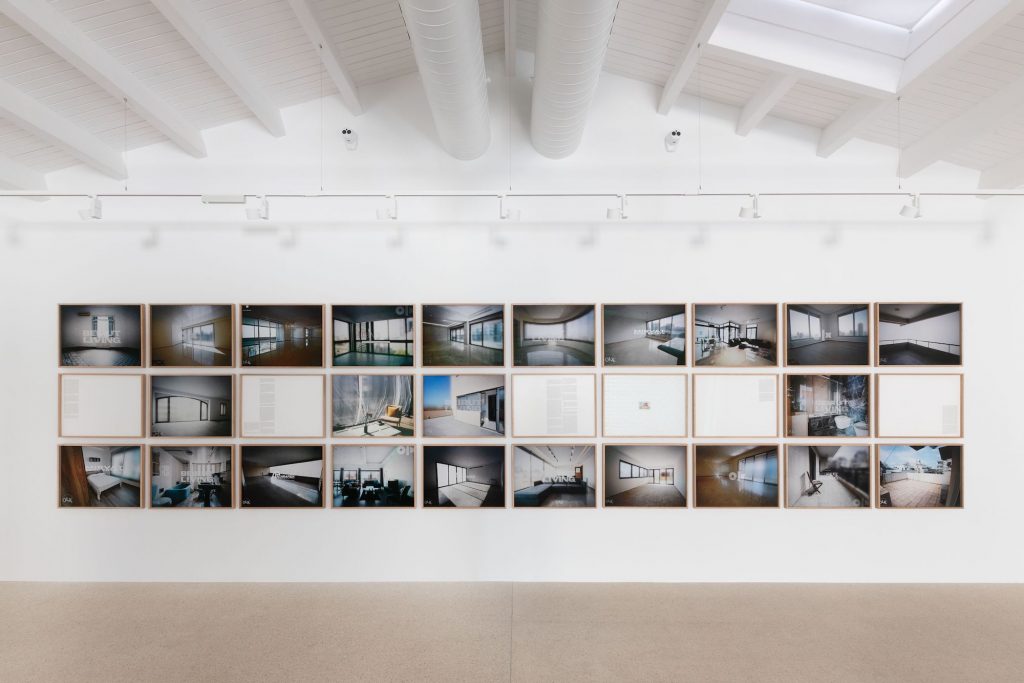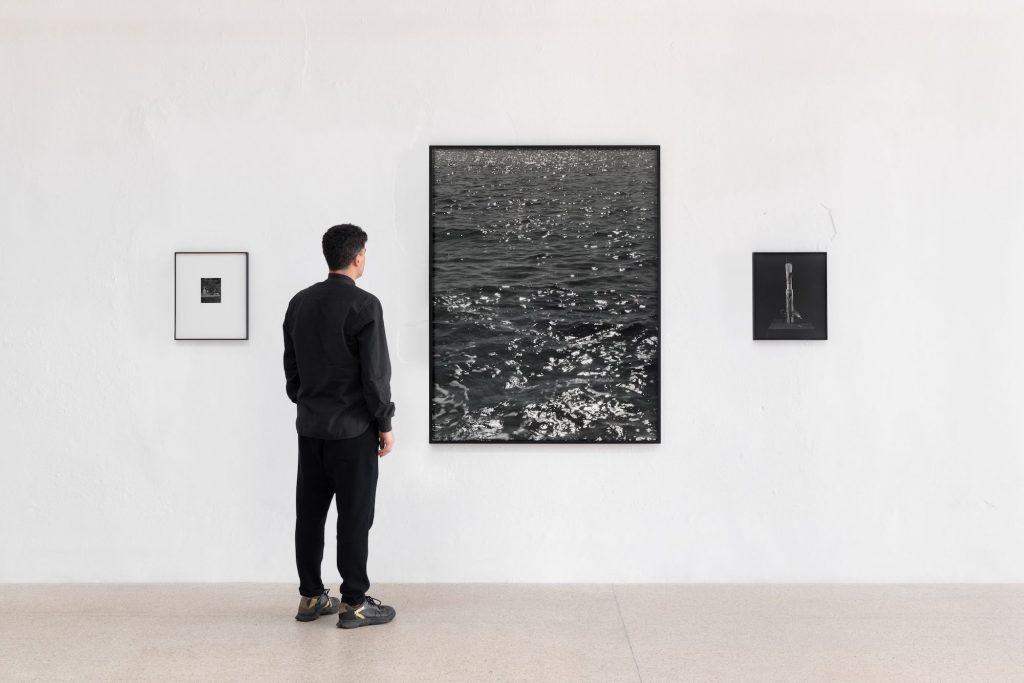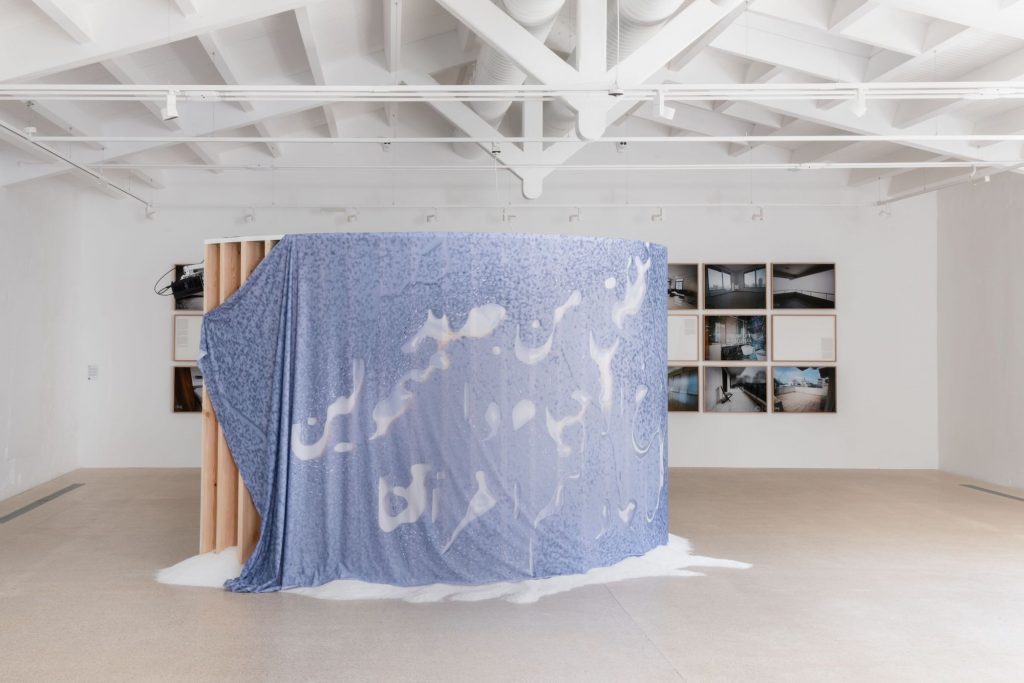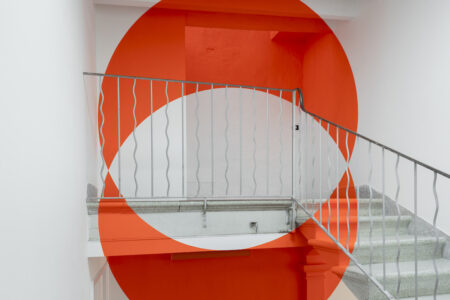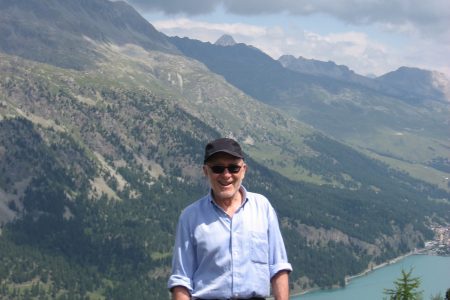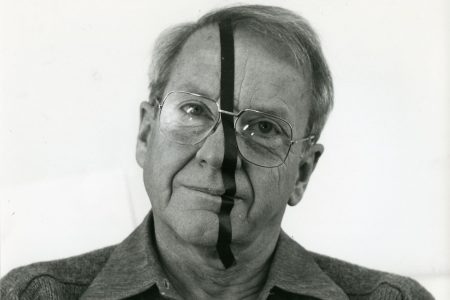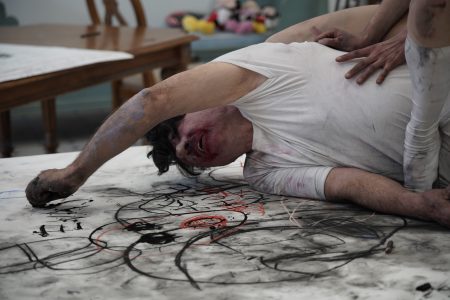After the Mediterranean
Hauser & Wirth Menorca opens their 2023 season with “After the Mediterranean”, a poignant and powerful exhibition curated by Oriol Fontdevila and featuring seven international artists whose work explores the social and ecological challenges affecting the region. On view through October 29th, 2023.
‘What will become of the Mediterranean in the next geological epoch? What will the hundreds of migrants who venture across this sea every day find beyond it? What representations will replace the idea of a bucolic sea?’ These were a few of the questions that Oriol Fontdevila reflected on as he set out to curate “After the Mediterranean”, the spring 2023 exhibition now on view at Hauser & Wirth, Menorca.
The exhibition brings together seven artists whose work addresses social and ecological challenges affecting the region: Erola Arcalís, Adjoa Armah, Laia Estruch, artist collective Huniti Goldox, Omar Mismar, Sara Ouhaddou and Abi Shehu. Through photography, video, sculpture and installations, the exhibition confronts the more common vision of the Mediterranean as a tranquil, sunny and idyllic holiday destination with the harsher realities of migration and displacement, the legacies of the Arab Spring, climate change and political instabilities.
The artists in the exhibition are challenging the narrative they grew up with, questioning the history of the region, and “dealing with past traumas”, as Abi Shehu, a multidisciplinary artist from Albania, explains. Shehu was one of three of the artists in the show who spent several weeks in Menorca as part of Hauser & Wirth’s Menorca residency program, which offers artists a room and studio space during the winter and early spring months. While in residence, artists can have the opportunity to work with local artists and specialists on the island. Shehu’s work examines ideas of memory and ecology as well as the murky history of the Albanian dictatorship, through the lens of the landscape, often using video and photography as her medium. In Menorca, she collaborated with Blanca Madruga, a ceramic artist living in Mahon, and worked with ceramics for the first time to create a series of small sculptures of gaping mouths with teeth as part of an installation about a river that migrants used to navigate the path into Greece to escape the dictatorship.
The work presented in “After the Mediterranean” is political and challenging but it also has a sense of the poetic, linking personal stories to understand the bigger issues, such the work of Erola Arcalis, who used fascinating family archives to reflect on her place of birth (in Menorca), or the photographs by Omar Mismar that tell the harsh realities of trying to rent an apartment in Beirut with a constantly fluctuating, if not defunct currency, among other devastating issues.
Fontdevila intentionally included a few artists who are not from the Mediterranean region, but whose work and home are connected to it in some way. Adjoa Armah, an archivist, anthropologist and artist from Ghana whose work looks at the Black Atlantic, was also part of the Hauser & Wirth residency program. As Fontdevila noted, “The Black Atlantic cannot be understood without thinking of a ‘Black Mediterranean’, and its role in the slave trade. In fact, Mahon, the main port in Menorca, minutes from the location of Hauser & Wirth, was one of the main ports of the slave trade in the 19th century, before it was abolished. Armah worked with a geologist, archaeologist and marine biologist on her project, including her installation “(when) time turns, space turns,” an installation of 12 hanging blown glass forms which incorporate sand from different beaches around the island. Armah comments, ‘I feel like I’ve really got to build a relationship with the island and the landscape while in Menorca, and my conversations with researchers have been central to the logic of the works.’
French-Moroccan artist, Sara Ouhaddou, presents part of a project which was first exhibited at Manifesta 13, that questions how history is presented and who controls it. Ouhaddou looked into the archive of a local history museum, located in a shopping centre in the heart of an historic Arab neighborhood in Marseille, nearby to where the artist grew up. While the museum puts forward the city’s historic legacy of Greek and Roman heritage as a source of pride and strength, the connection with its Islamic history is essentially washed over. Limited wall labels and the few contextual objects gloss over key historic events, including the once thriving ceramics trade led by Arabs in the 11th century, and which forms a critical part of the region’s history. Among several pieces in the installation, “I Give You Back What’s Mine / You Give Me Back What’s Yours’ (2020)”, are large circular moulds of Marseille soap into which she has inserted small pieces of ceramics that resemble bones or archeological remains. As these pieces start to emerge from the slowly disintegrating soap, it is as if some sort of hidden truth will soon be revealed.
“After the Mediterranean” is on view at Hauser & Wirth Menorca through October 29th, 2023.
@hauserwirthmenroca
